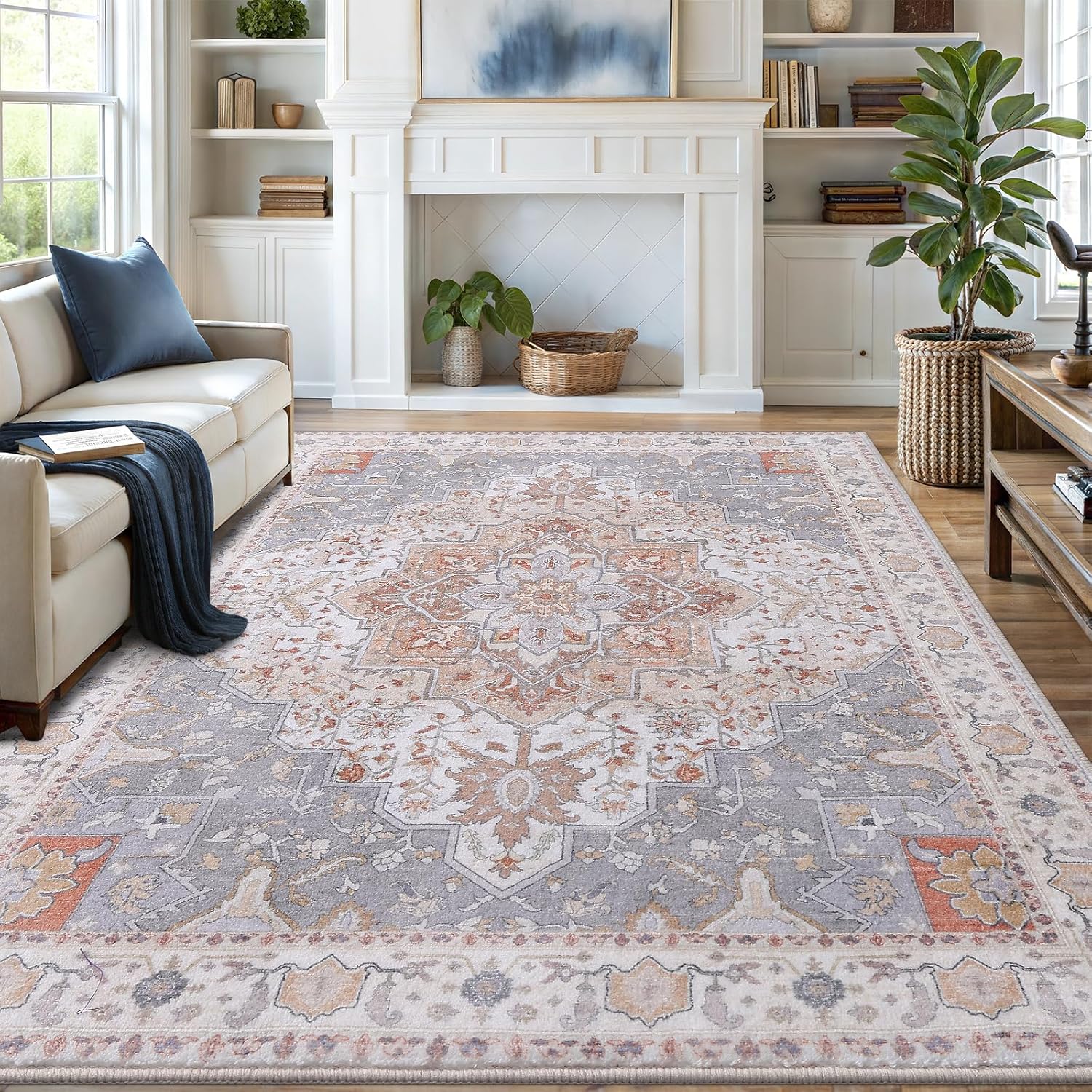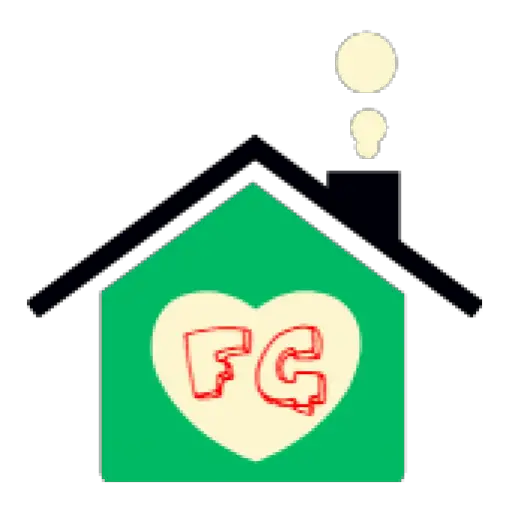Pa in a vacuum cleaner refers to Pascal, a unit of pressure measurement indicating suction power; higher Pa means stronger suction efficiency.
When shopping for a vacuum cleaner, you’ll often see “Pa” listed in the specifications. This measurement is key to understanding a vacuum’s suction power. But what does it mean, and how does it impact cleaning performance?

What Does PA Mean in Vacuum Cleaners?
PA stands for Pascal, the unit used to measure suction power in vacuum cleaners. One Pascal equals one newton of force per square meter. In simpler terms, it measures how strongly a vacuum can pull dirt from surfaces.
Higher PA values indicate stronger suction. Most standard vacuums range between 1,000-2,000 Pa. Premium models like the Ecovacs Deebot T30S reach 11,000 Pa for deep carpet cleaning.
How PA Compares to Other Suction Measurements
Different brands use various units to measure suction:
| Unit | What It Measures | Typical Range |
|---|---|---|
| Pa (Pascal) | Suction pressure | 1,000-11,000 Pa |
| AW (Air Watts) | Airflow + suction | 50-300 AW |
| W (Watts) | Motor power consumption | 500-2,000 W |

Why PA Matters for Cleaning Performance
Suction power directly impacts what your vacuum can pick up:
- 1,000-2,000 Pa: Handles dust, pet hair, and small debris
- 2,000-5,000 Pa: Can lift heavier particles like cereal or sand
- 5,000+ Pa: Deep cleans carpets and removes embedded dirt
However, PA isn’t the only factor. Airflow (measured in CFM) also affects performance. A vacuum needs both strong suction and good airflow to work effectively.
PA Requirements for Different Surfaces
The ideal PA level depends on your flooring:
- Hardwood/Laminate: 1,000-2,000 Pa is sufficient
- Low-Pile Carpets: 2,000-3,000 Pa works well
- High-Pile Carpets: 3,000+ Pa for deep cleaning
For homes with pets, consider vacuums with at least 2,500 Pa to handle pet hair effectively. Our guide on pet hair vacuums offers specific recommendations.
Balancing PA With Other Factors
While high PA sounds great, there are trade-offs:
Noise Levels
Higher suction typically means louder operation. Vacuums above 5,000 Pa can exceed 70 decibels.
Battery Life
Cordless models with high PA drain batteries faster. Some premium models like Dyson’s V15 optimize power usage.
Weight
More powerful motors often mean heavier units. Consider this if you need to carry the vacuum upstairs.
Maintaining Your Vacuum’s PA Performance
Several factors can reduce suction over time:
- Clogged filters (clean or replace monthly)
- Full dust bins (empty after each use)
- Blocked hoses (check for obstructions)
- Worn brushes (replace annually)
For proper maintenance, see our guide on cleaning vacuum filters to preserve suction power.

Vanmoos 6×9 Machine-Washable Area Rug — Artistic Flair / Beige
Low-pile, non-slip rug that minimizes pet hair collection and makes quick cleanup part of your routine.
Affiliate link — may earn a commission at no extra cost to you.
Choosing the Right PA for Your Needs
Consider these factors when selecting a vacuum:
- Home size: Larger spaces benefit from higher PA for efficient cleaning
- Floor types: Mix of surfaces may require adjustable suction
- Allergies: Higher PA helps remove more allergens
- Pets: Additional power needed for pet hair and dander
For most households, 2,000-3,000 Pa provides a good balance of power and practicality. Those with thick carpets or severe allergies may prefer 5,000+ Pa models.
